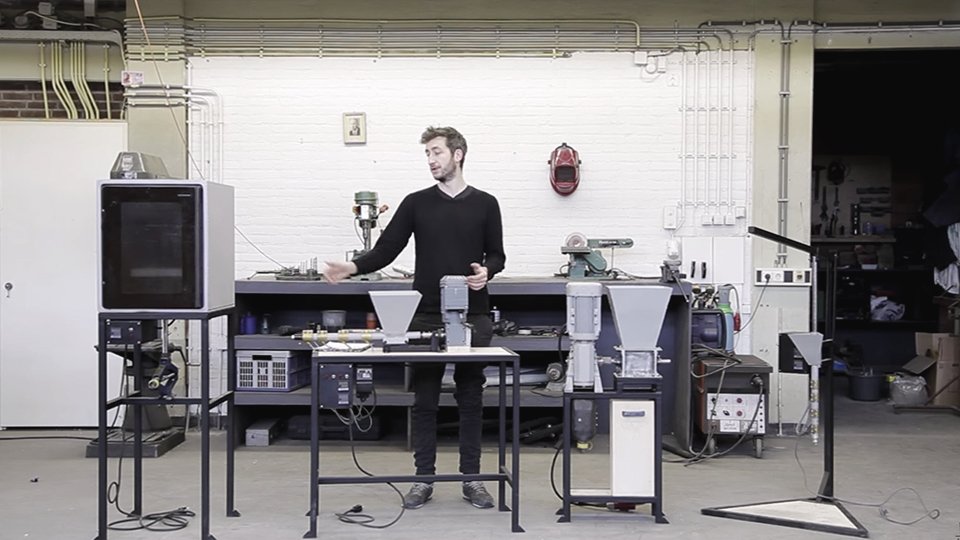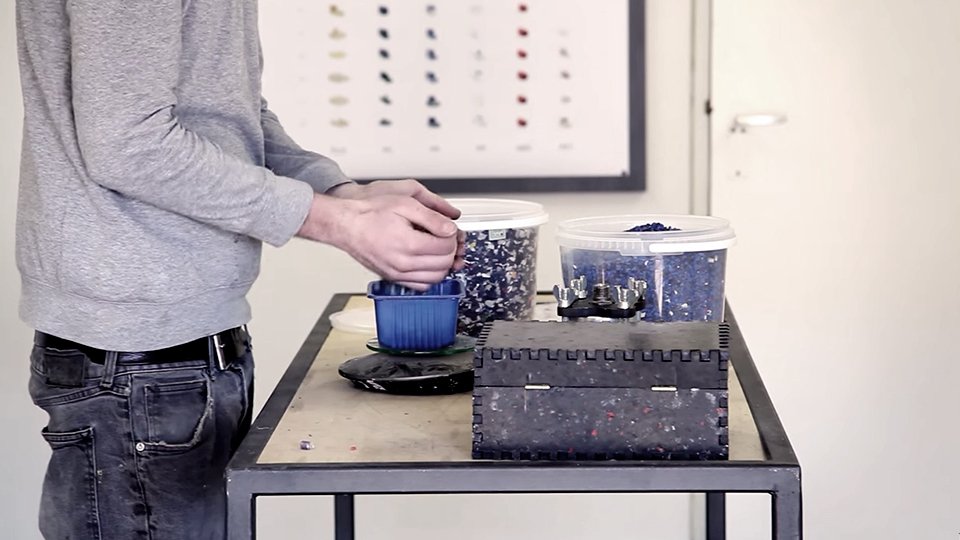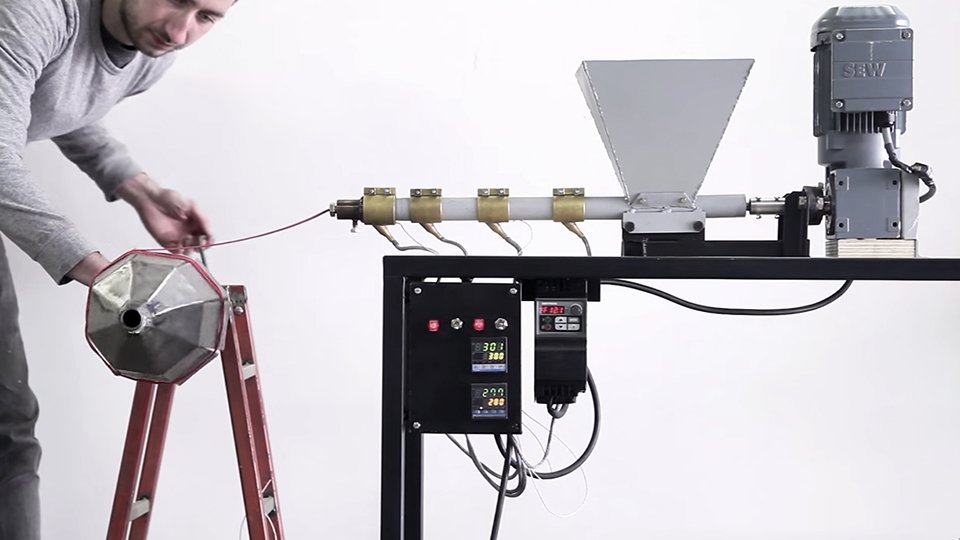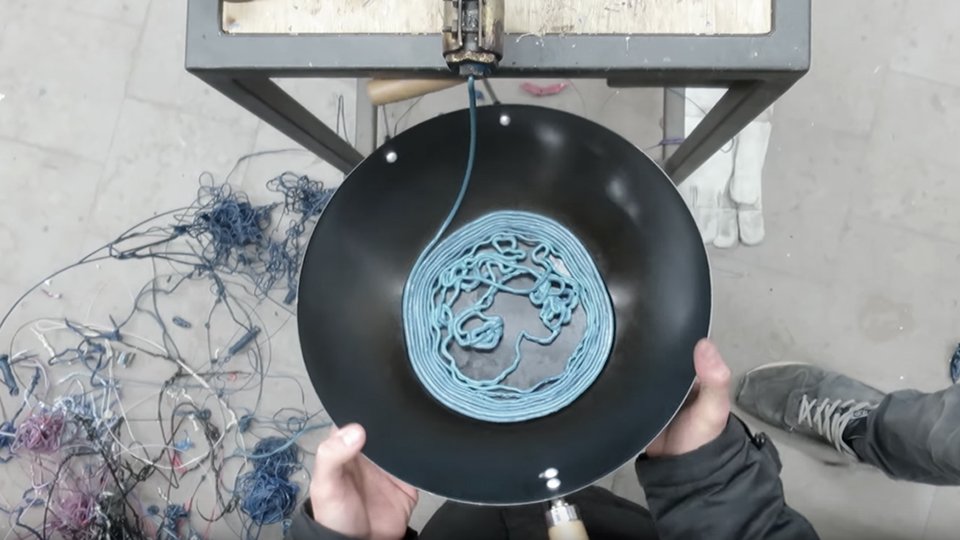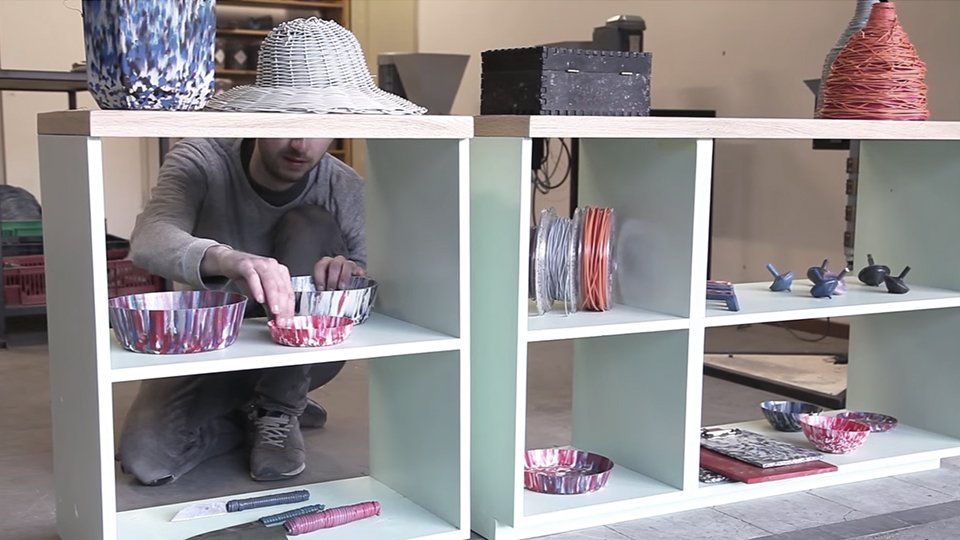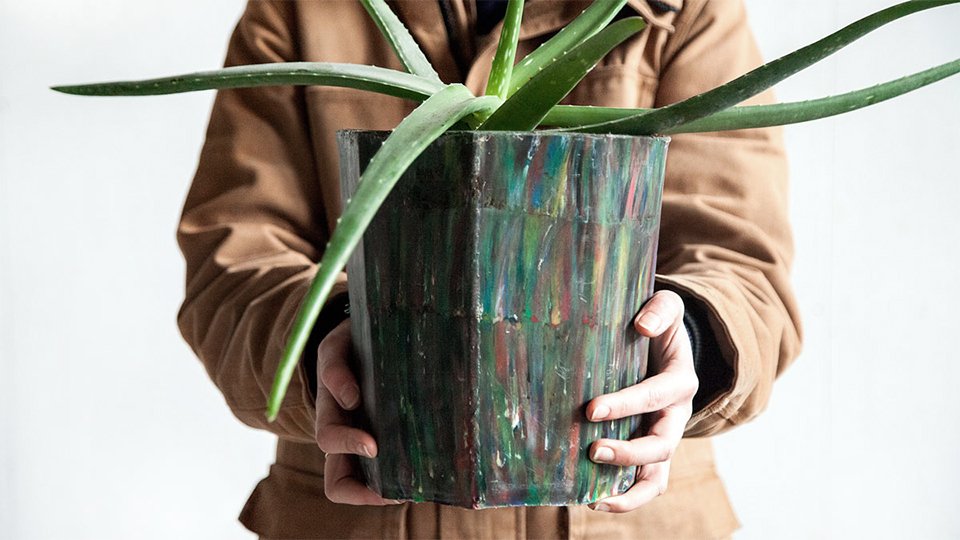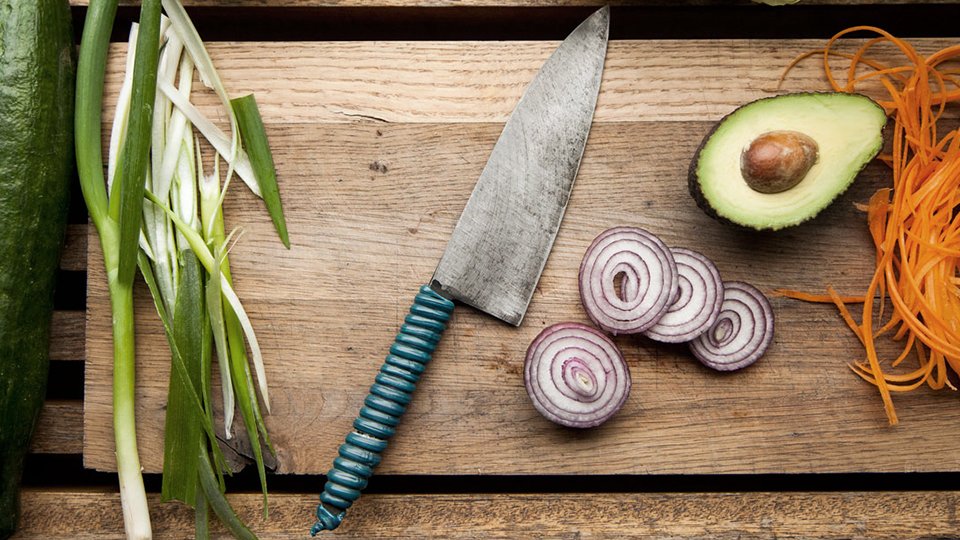How to Build Your Own Recycling Machine
Help Make Recycling “Go Bananas” With Precious Plastic
We all need to be mindful of the waste we produce, avoid what we can, and at the very least recycle what we can’t. This is not a new concept, but for years our go-to in the spectrum of waste management solutions has remained a costly, resource-intensive, and largely inefficient process. According to some estimates, just 5% of the plastics produced globally are recycled. An estimated 8 million metric tons of it escape poor or non-existent infrastructure and enter the oceans each year.
Recycling is a process that few understand and even fewer get to witness firsthand. Individual participation in the system typically stops at the bin or, too often, short of it. You place a plastic bottle in a designated receptacle, pat yourself on the back, and never think of that plastic bottle or its final resting place again.
While recycling is an obvious step forward, this “out of sight, out of mind” blindfold is exactly how we walked into the plastic mire in the first place. Solving big problems like marine pollution demands creativity and collaboration. The solution is neither simple nor straightforward; it lies in a hybrid of approaches strengthened by a diversity of ideas. No strangers to this truth, our friends at Precious Plastic are working to democratize recycling infrastructure by creating an open-source network for the know-how and innovation that will define the future.
The Story
Circa 2013, Dave Hakkens was a student at the Design Academy Eindhoven endeavoring to complete his graduation project. After learning about the vast disparity between the amount of plastics produced and the amount that gets recycled — and after seeing the devastating impacts of that disparity while traveling the world — he had a thought: Why not put recycling directly in the hands of the consumer? What if we could open-source the know-how and provide free, online blueprints for DIY recycling machines?
Though a brilliant idea, the challenge would lie, inevitably, in execution. After extensive research, many YouTube videos, and several rounds of experimentation (he shares the full story here), Dave succeeded in making his first plastic extrusion machine. He had a proof of concept, but wasn’t quite ready to scale up.
Thanks in part to an academic award and the all-connecting powers of the internet, experts in construction and mechanical engineering were inspired by Dave’s vision and stepped in to help. The small yet mighty team devised and refined prototypes for plastic shredding machines, experimented with different materials, and creatively and collaboratively journeyed towards a set of simple instructions for at-home assembly. The next step: tell the world. About a year ago, Version 2.0 was born and a website was launched.
Thousands of people shared Precious Plastic videos, millions were reached through social media, hundreds of individuals got to work on their own machines, and according to Dave, many more have expressed desires to get started. Propelled by a year of enthusiasm and constructive feedback, Precious Plastic developed a strategy for the next chapter: Version 3.0. This time, the plan is to make plastic recycling “go bananas.”
The Plan:
Design beautiful products and provide simple video tutorials for each.
Make it easier for people to connect locally and collaborate on machine construction.
Distribute starter kits that make it easier for people to source the most complex machine parts.
Create an open-source business plan for entrepreneurs looking to start plastic recycling shops.
Your Role:
Precious Plastic has a solid plan. Now they need two things to make it happen: money and people. Head to next.preciousplastic.com to read the full plan and learn more about ways to contribute and/or collaborate.
Our friends at Precious Plastic share in the Parley vision that collaboration and creativity are the keys to building a better future on this planet. This knowledge-sharing and eco innovation is exactly the type of thinking we all need to adopt, harness, and support in order to tackle the complex threat of marine plastic pollution.
Let’s invent our way out of this mess together.


